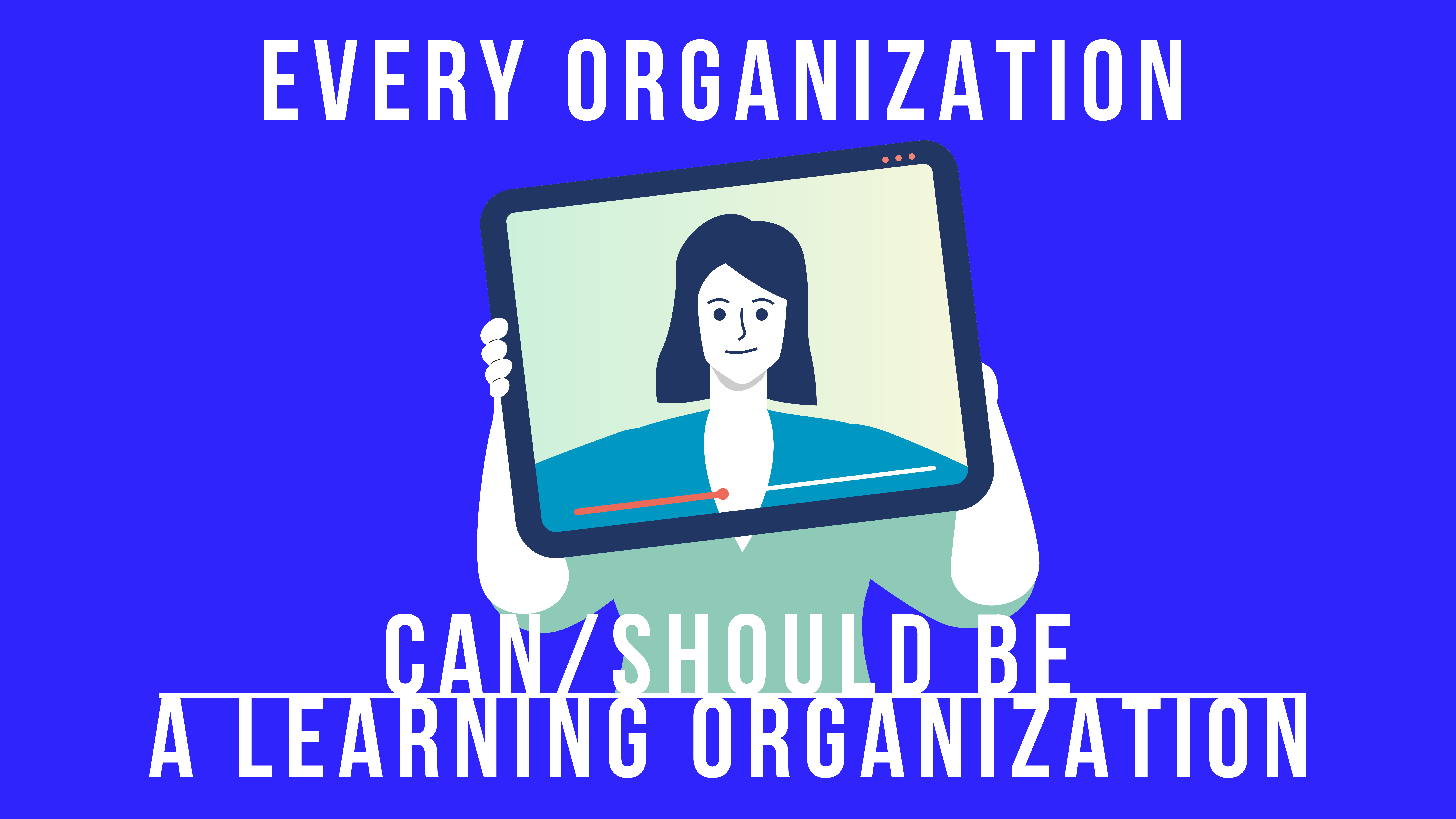The field of engineering requires quality assurance. Whatever their discipline, engineers have to create and build often complicated products. Sometimes, they review their designs and the end results themselves in order to make sure everything is functioning as it should; in other cases, that work is a separate job performed specifically by a quality assurance engineer.
Read MoreBrands are all around us, although most people probably don’t consciously think about their impact. But the biggest brands all have instantly recognizable elements. Take Nike, for instance: That name is synonymous with their famous “swoosh,” which the company has used since 1971. Or, if you hear something about Tiffany’s, you’ll likely picture the particular blue shade of their boxes, a color they trademarked in 1998 so that no one else can use it. These are just two well-known examples of ways that branding links products to a company.
Read MoreWho should provide learning to those who want it? This question seems straightforward, but it isn’t. The traditional list includes colleges, universities, and other types of schools, along with a few well-established learning providers like Khan Academy and Coursera. If you’re already familiar with online learning, you might also think of organizations that teach specialized content, like Duolingo for foreign languages or HubSpot for both learning and executing marketing strategies, and educational publishers who provide online content as well as books, like Pearson Education and McGraw Hill.
Read MoreThe classroom environment is familiar to most everyone, although the types of classrooms you’ve experienced may differ. Whether participating online or in person, whether teaching or receiving instruction, you’ve had to decide how to approach learning. Are new things exciting challenges to master or scary obstacles to overcome?
Read MoreIn our previous two posts about shared language, Senior Learning Experience Designer Lexie Bryan discussed the topics of vocabulary inflation, common industry terminology, and client branding, among others. Each of these concepts is key to working together to create engaging learning experiences and give learners a clear, cohesive path to the knowledge we want to teach.
Read MoreTopics
- Strategy for Online Learning (68)
- Learning Experience Design (51)
- Custom Learning Experiences (45)
- Digital Transformation of Learning (45)
- Online Learning Platforms (28)
- Building Capacity for Online Learning (17)
- Company Culture (14)
- Product Management and Design (14)
- Online Program Management (OPMs) & Alternatives (13)
- COVID response (9)
- Press (9)
- User Experience Design (5)
- Development (4)
- Project Management (2)





